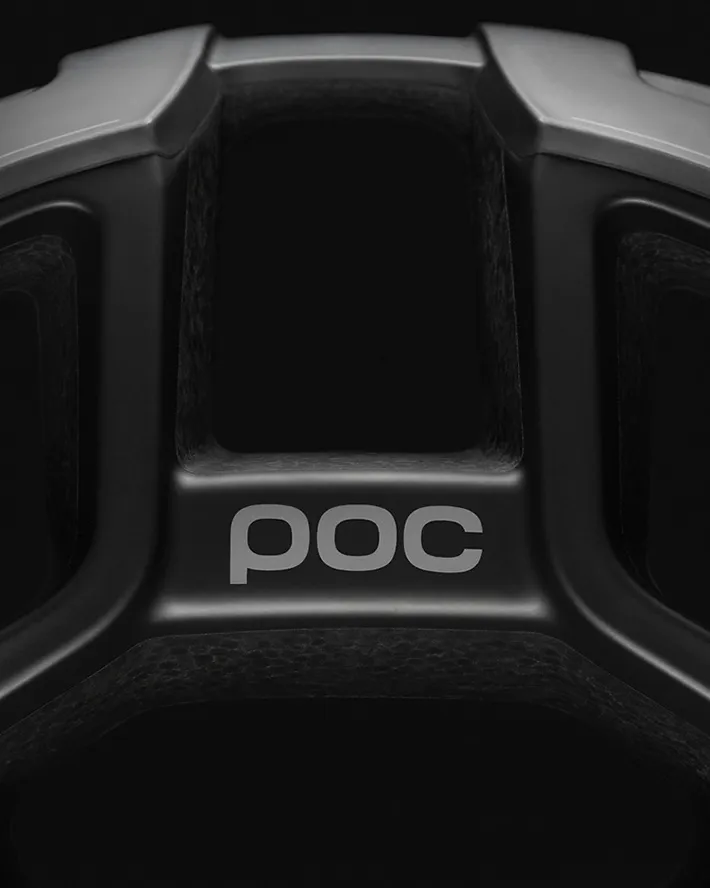Ski racing has a rich history dating back to the early 20th century, when the sport first began to gain popularity in Europe and North America. Over the years, many legendary ski racers have emerged, pushing the boundaries of what was thought to be possible and leaving a lasting impact on the sport. In this blog post, we will take a look at some of the pioneers who changed the game and helped shape the sport of ski racing into what it is today.
Guide to choosing your airbag backpack
For season 2013/14 we're stocking airbag rucksacks from BCA, ABS and Ortovox. Each range has some different features and it can be a little confusing to navigate through these, so we've put together this buyer's guide to give you more information.
How do avalanche airbags work?
The key principle involved is "inverse segregation", a physical effect where larger objects rise to the top of a flow of different sized particles, as found in an avalanche. This is also sometimes called the "cornflake effect", in reference to the annoying fact that small crumbs of cornflakes always end up at the bottom of a pack, even after you shake it. The key feature is size/volume, and a deployed airbag works by adding volume to the wearer, making it more likely that they end up on or near the top of the avalanche. This is crucial in allowing quick rescue, which in turn increases survival- remember most people are alive after 15 minutes under the snow, but most are dead after 30 minutes. If you want to read more about the evidence for how effective airbag systems are, read my blog here.

What are the key features of the different systems?
BCA

The BCA airbag is a monobag system that inflates behind the head, neck and shoulders. BCA suggest that this configuration helps to keep the buried person upright. The system is powered by a re-fillable cylinder, filled with compressed air, with re-filling available at an increasing number of sites or by mail order. The system is activated by a mechanical handle that does not contain explosives. The airbag system is fairly easily removable, and can be transferred between BCA's 22 and 32l rucksack offerings. Cylinders can be refilled at a growing network of accredited refill sites. Here is an interactive map of the refill centres. If there isn't one near you, Anatom offer a mail order refill service. So in summary, to configure a BCA airbag system, choose either a Float 22 or Float 32 backpack, and add in a cylinder. A key feature of the Float airbags is value for money- they are significantly cheaper than the other systems we offer. However, you shouldn't mistake that for lack of quality. I used a Float system all of last season and was very happy with it.
ABS
ABS bags employ a dual airbag system, with the manufacturer stating that this gives additional safety in the event that one airbag bursts. The complete system essentially consists of three main parts- i) a base unit, which contains the airbags and which is supplied with a cover that provides sufficient space for avalanche rescue equipment, ii) an activation unit, which consists of a non-refillable cylinder (available in steel or carbon) and an explosive handle, and iii) an additional zip-on storage compartment.
As the zip-on compartments come in many different sizes, this makes the ABS system highly flexible for use in scenarios ranging from near-piste laps to multi-day tours. To configure your backpack from our website, simply choose the base unit and cylinder combination that you want, choose your size, then select whichever storage compartment(s) you'd like. Discharged used cylinders can be swapped for full cylinders for a fee of around £20, if they are returned to ABS with the activation handle.

Ortovox
We're excited to be offering the new, highly modular, Ortovox airbag backpack system, which was awarded a Gold Award at the ISPO 2013 trade show for its versatility and innovative modularity. The packs use a twin airbag system licensed from ABS. However, Ortovox have developed a modified base unit, which they call the M.A.S.S (modular airbag safety system) that is removable and swapable between different packs. Again, this makes the system highly flexible for different scenarios ranging from near-piste to deep backcountry tours. In addition, the Freerider range packs are supplied with a removable motor bike standard back protector- this can be used on its own with the supplied harness. So to configure your Ortovox system, choose the pack that you want (this will include the M.A.S.S. system), then add in a cylinder. One final nuance is that the Freerider 24 and 26 litre backpacks are essentially the same bag- choose the 24 if your height is 150-175cm, and the 26 if your height is between 170-195cm.
Is one system safer than another?
As the longest-established system, most data exist for the ABS twin-bag system (for more information read my blog here). However, this is not to say that mono-airbag systems, such as the BCA system are less effective. At present, we do not yet have sufficient information to say definitively whether one system offers superior safety. It will probably take several years for appropriate data to be gathered on this.
Can I fly with any airbag system?
Travel with full cylinders is permitted worldwide except the United States, with prior approval of the airline. We recommend that you notify your airline when booking your flight, or at least 14 days in advance of travel. The relevant rules are documented in IATA Dangerous Goods Table 2.3.A, which should be printed out and kept with the airbag system while traveling. These regulations allow transportation of one airbag rucksack per person. The cylinder and triggering system are best kept in your hold baggage. To prevent accidental activation, the cylinder must be detached from the triggering mechanism.
In flights within, to or from the United States, Transportation Security Administration regulations mean that full cylinders cannot be carried and the best strategy for ABS systems is to obtain a cylinder at your destination. Re-fillable cylinders (as with the BCA system) can be carried, provided that they are discharged and the cylinder head removed before you reach the airport. This is to allow for inspection of the interior of the cyliner. BCA instructions for doing this are here. The cylinder can then be refilled at the destination point, and we suggest that you locate an approved refill centre there before travel. See this blog from BCA on foolproof transit through airport security with a Float airbag cylinder for more details.
Living with your airbag rucksack
The manufacturers recommend that you discharge your airbag rucksack at least once per year. As well as confirming that all of the components are working, it will also give you a feel for the force required to discharge the pack and allow you to rehearse your actions in the event of an avalanche emergency.
Finally, have fun browsing our range of airbag backpacks!


